Apple Vision Pro is not the iPhone, and faces an incredibly steep uphill climb
Apple certainly isn't doomed if the Apple Vision Pro isn't a blockbuster out of the gate, which is good because it is launching into a product category that is so small and poorly defined that it doesn't even qualify as nascent yet.
It's been a long time since Stephen King's The Lawnmower Man's film adaptation and similar titles with virtual reality at its center "graced" our screens. It's been even longer since corporations like Disney started tech demonstrations for the public at its EPCOT park of very early virtual reality headsets.
It's now 2024, a little more than 15 years after commercial market tiptoes by companies. It's been a bit longer than a decade since Palmer Luckey fired up the Kickstarter that ultimately generated $2.5 million for the Oculus headset and ended up in a buy by then-Facebook for $2 billion two years later.
Augmented reality and virtual reality are still brand-new technologies, relatively speaking. It's going to take a lot of work to show users what it can do and how it will improve life because this isn't your music library in your pocket like an iPod was, or a three-in-one like Apple called the iPhone.
Apple Vision Pro just doesn't have the ubiquity and universality of the iPhone's uses, nor the utility of an iPad or Mac.
Apple does what it will do, with little concern surrounding competitors
I own Valve's Index, and the HTC Vive Pro. I've also spent a lot of time behind Microsoft's HoloLens. The Index and Vive Pro are in one family, and the HoloLens is another.
The Apple Vision Pro is a hybrid of them all. Whether or not it is a hybrid of the best or worst features of the above three remains to be seen.
The Index and Vive perform well, when tethered to a computer. The HoloLens was a decent product that ended up mostly in enterprise, hampered by a very narrow vertical field of vision.
I used the Apple Vision Pro over the summer without Apple's explicit blessing. Even then, with embryonic software, it was clear that the Apple Vision Pro is Apple's typical no-compromises in hardware, with significant technology packed and integrated well into a single product.
It's also very expensive compared to the $1000 Index and the $1400 Vive Pro 2 without the attached computer. It's roughly in the same price class as the HoloLens, which isn't intended for consumers anymore.
The cost for Apple's offering to consumers is steep, there's no question. It's not steep so much because Apple wills it to be so, but because the bill of materials for what's inside it and the research that led to it are pricey.
This distinction is likely lost on the consumer, though. Despite the headset being necessarily expensive at $3500, regardless of technological prowess or advancements, it's a tough sell today to that consumer base that it needs to attract.
Apple isn't the only vendor struggling with this, though. It's also a tough sell for Meta at far less per headset and a lower total cost of ownership in an attached computer and headset versus just the Apple Vision Pro.
Apple wants you to believe that the Apple Vision Pro is a standalone computing device, but it's not a good one without the rest of Apple's ecosystem. It depends on iPad apps, for instance, although you don't need to also own an iPad. At launch, its major work benefit is virtual Mac screens — but you definitely need a Mac for that.
Apple Vision Pro is an ancillary device to other Apple gear in the ecosystem. That works for the Apple Watch, but the Apple Vision Pro is nothing like the Apple Watch other than it goes around a part of your body that sticks out from your torso.
The Apple Vision Pro platform goes beyond hardware control, too. Apple also wants to shape the language around augmented and virtual reality.
Apple demands that developers not call software for it augmented reality or virtual reality. It's trying to command that "spatial computing" moniker for itself in the most Apple way possible.
Apple vs Meta for the eyeballs of the consumer
VR and AR are already a very hard sell to a disinterested public. Meta is burning cash on its Oculus ecosystem and is making headsets that cost less than one-quarter the price of the Apple Vision Pro.
By every account, they aren't selling very many, even at the $500-ish price point.
Internally, Meta seems to think that 20 million sales of Oculus in a half-decade is a failure. A presentation in 2023 laid this point bare and clearly spelled out that purchasers don't stay engaged with the software on the headset.
It's not from a lack of trying, iteration to the hardware, or marketing. Meta has a full marketing campaign behind its efforts and has for years. Mark Zuckerberg is doing his best to launch "metaverse" as a term.
Apple will not touch the Metaverse term, of course.
Apple knew what it had with the iPhone, but maybe not with Apple Vision Pro
Apple's iPhone launched into a hungry market, and wasn't an instant market-definer. Steve Jobs' iPhone demo was mostly smoke and mirrors, which fortunately wasn't seen through at the time.
But it was still clear that they knew what they had. The marketing push, even only on AT&T, was intense.
The Apple Watch had a definition of fashion and design. It seeded millions of dollars to stars, and Apple packed the launch auditorium with celebrities.
That wasn't a winning solution. While the Apple Watch had fitness-adjacent features, they really leaned into it later.
Apple Vision Pro at launch isn't a fully mature product, which is probably why there hasn't been a multimedia extravaganza beyond a single ad so far, promoting it after a debut at WWDC in June 2023.
Apple will define what is a success and a failure, and it will do so on its own terms
If Ming-Chi Kuo's after-launch guesses of 180,000 units sold at launch is correct, this makes Apple Vision Pro on its own a $750 million dollar business, overnight. Most stock analysts will trumpet victory or defeat based on their own metrics that mean nothing to non-investors, and probably not that much to investors either.
Apple will celebrate externally, regardless of how it feels about it internally. We expect a press release the week after shipments start, talking about the sell-out like it has done with iPad, Apple Watch, and HomePod.
In doing so, it fires up the reality distortion field that it uses on occasion. It wants that reality distortion field to work now, so it has less of a job to do later.
No matter how many units are available, sold, or coming in early 2024, no matter how loud Apple yells that the Apple Vision Pro is a success now, no matter if the stock analysts predict doom or triumph now, the whole-year 2024 is only the start of the saga and climb. I agree with the sentiment that Apple Vision Pro is right now in essence a paid developer kit unleashed on the world.
From the start, developers are the crank or starter motor that starts the big engine, and users are the fuel that makes the product run. Apple hopes the killer app will pop out, as it has before, but nothing is guaranteed.
This is a story told in the fullness of time. This is a story told in the non-Pro Apple Vision, and whatever the "Apple Glass" ultimately turns out to be.
This is also a story about how the rest of the world reacts to the hardware, and what competing vendors do in response to the gear. Meta's, HTC's, and others' responses and timelines will perhaps be the most telling on how afraid the rest of the market is.
As far as the absolute measure of success goes, Apple can wait effectively forever. It doesn't need to be profitable out of the gate, as the company has a stack of money that would make the most covetous dragon jealous to weather the slings and arrows of outrageous fortune with little or no impact to the company as a whole.
Apple Vision Pro has use cases, but not universal ones
So here we are, a few days after preorders started and a bit more than a week before units ship to consumers. There are already hands-on accounts from time in a lab, and YouTube videos will pop out soon enough with that face that YouTubers make, filtered through EyeSight.
There have already been discussions about Apple Vision Pro in enterprise, for medical applications, and in manufacturing. But, none of them will demonstrate a universal appeal.
There just isn't a case for that right now. Apple Vision Pro is a niche in a niche that isn't defined well for the consumer market, and has no clear and wide use case.
Apple built it, regardless, knowing all this going into it. This isn't a shrine to baseball carved out of a cornfield in Iowa, though.
Shipping it doesn't mean that users will come. Apple will have to earn that, and break the "try it for a minute and put it back in the box forever" curse that virtual reality has so far.
 Mike Wuerthele
Mike Wuerthele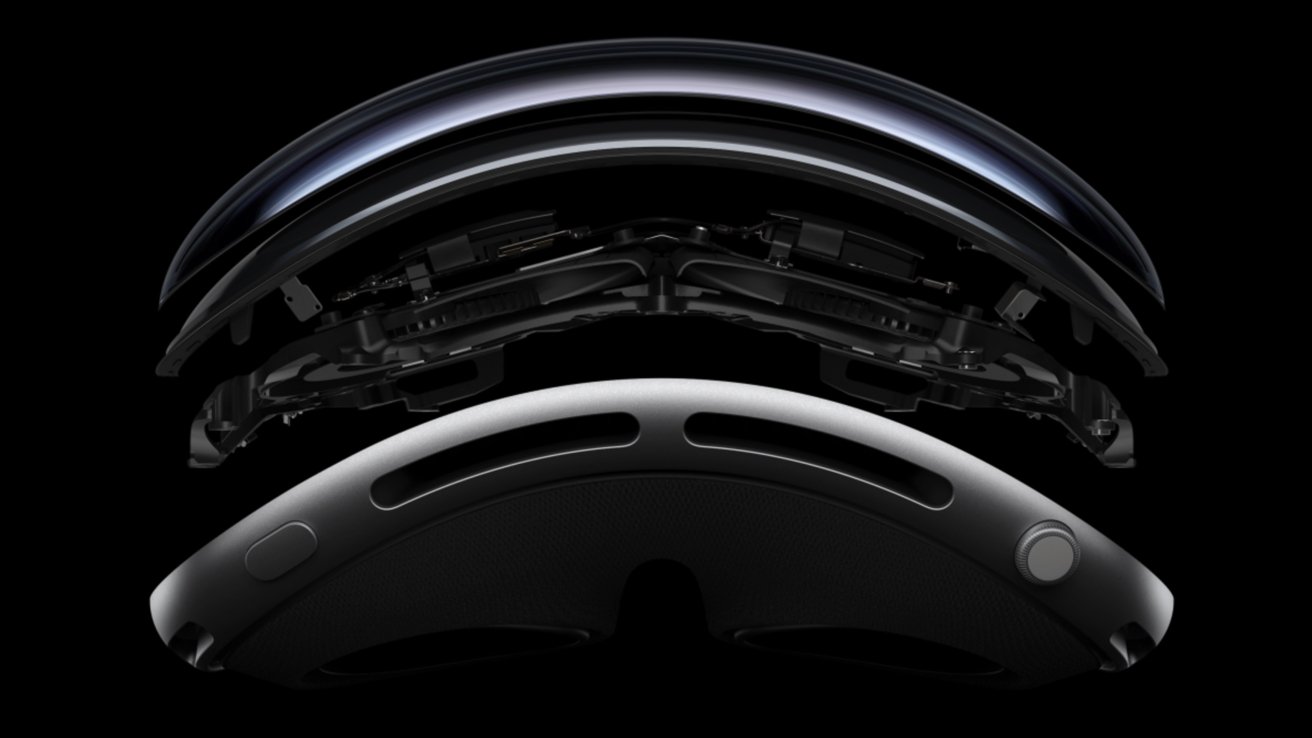
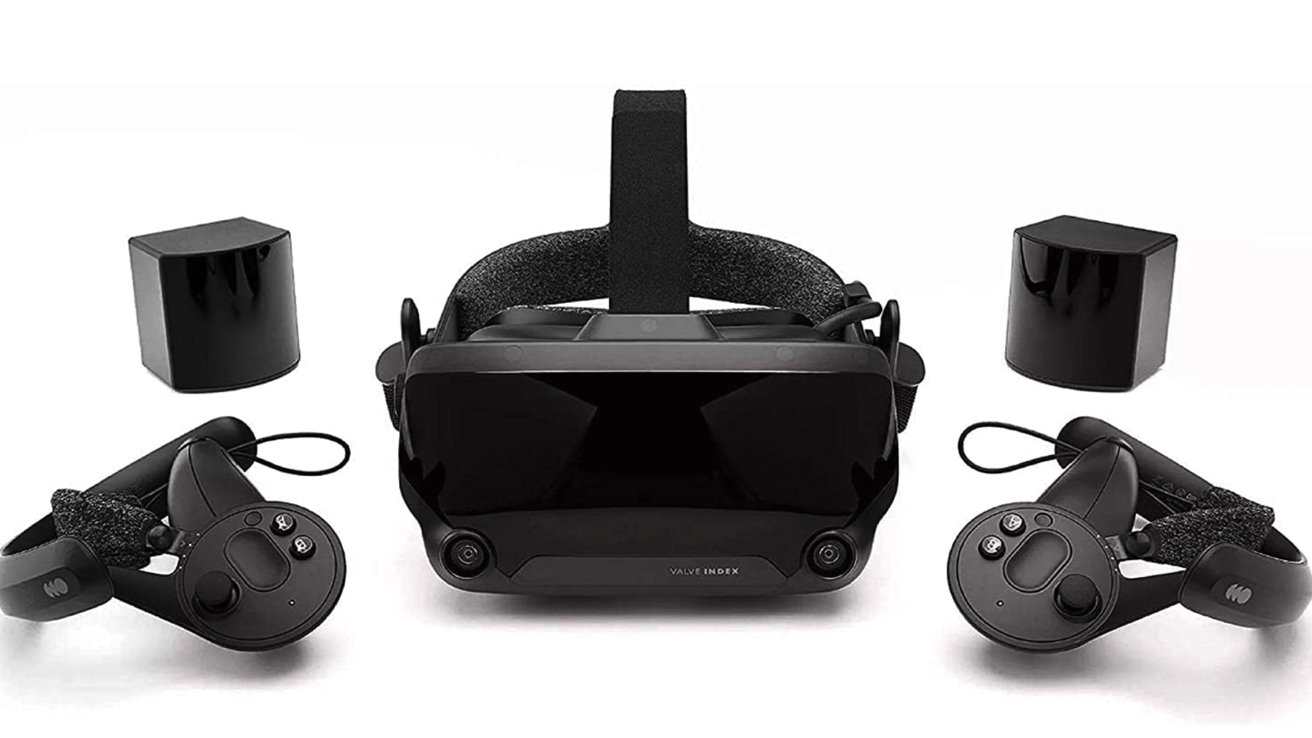
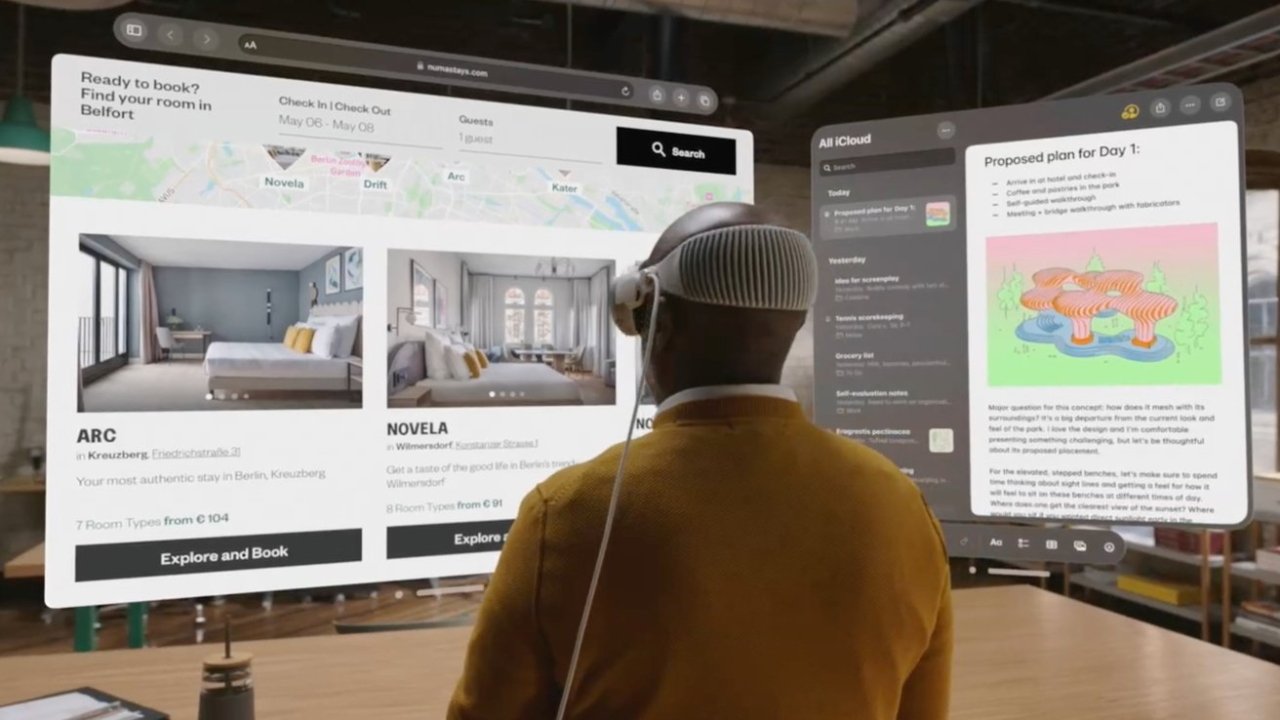














 Amber Neely
Amber Neely
 Thomas Sibilly
Thomas Sibilly
 AppleInsider Staff
AppleInsider Staff
 William Gallagher
William Gallagher
 Malcolm Owen
Malcolm Owen
 Christine McKee
Christine McKee

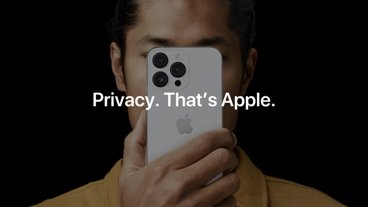

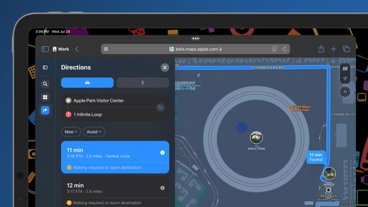





60 Comments
I believe you have this all wrong. The Vision Pro is for creators and developers more than anything. It is a pre-cursor product in a lot of ways, which is unusual for Apple. Normally Apple waits until it can release a product with a big enough addressable market to really move the needle for them to make it worth the effort. That requires lower prices. But in this case, Apple couldn’t build a product that would truly blow people away at a more accessible price point, BUT they couldn’t keep letting Meta progress towards dominance of AR/VR. I expect that subsequent versions will be lighter, with a cheaper model in tow. But the real breakthrough consumer product will be around Gen 4 and look more like glasses than a headset.
Another fun fact—Sony currently has capacity to make between 100,000-200,000 screens a month. Let’s assume 200K. That’s production of 100K units a month. Apple would never launch a product with those capacity constraints if expectations/aspirations were for big unit sales.
Gotta think longer term imo.
Apple can’t get developers to build apps and uses cases without its own contribution and commitment to making an incredible devices long term. This was just the second move after spending the better part of a decade building out ARkit. Gotta address Siri though. We can all now have voice conversations with ChatGPT and then trying to use Siri is like talking to a robotic golden retriever.
iPhone was not a success from the beginning on. iPhone needed more than 3 years to break into the mass market.
Vision Pro is purely and mainly for developers. After 2 or 3 successors, we will see clearly what this type of the product would impact us.
People have blamed about lack of innovations at Apple. Now, Apple brings it out and tries to prove that our skeptical view on Vision Pro is wrong.
Give some time to Apple.
You cannot have an innovation and an immediate success at the same time.
Think back to the first iPhone home screen. That was it until developers got involved. As said above, this is a novelty/developer product at the moment. On the first iPhone things like the accelerometers were a wow feature. We had to wait a while before they became properly useful. I think this is very similar to that first iPhone. We're all much harder to impress these days and this will always be more niche than the iPhone, at least for a long time. But it will gradually become more and more useful. It might take 10 years before screen and battery tech shrink it down to the size of reading glasses but by then it might actually start to replace the iPhone for some people.
Think of how much more powerful the current iPhone is compared to the iPhone 5 or the trash can Mac Pro. The next decade will bring huge reductions in component size and power efficiency. But we can't get there in one step. I'm sure in 10 or 15 years' we'll all laugh at how limited the Vision Pro is in the same way we all look at that first iPhone with its tiny screen and lack of just about everything. But you have to start somewhere, and this looks like a fairly impressive and potentially useful beginning to me.